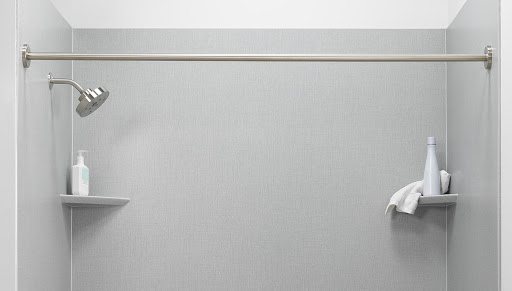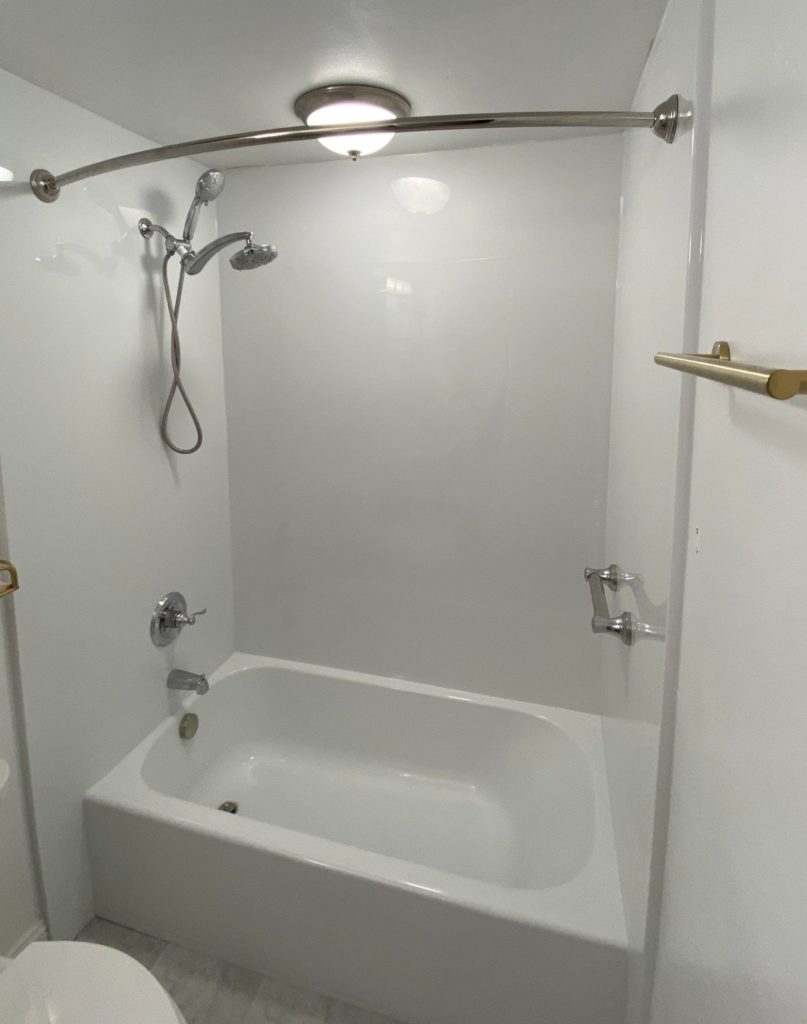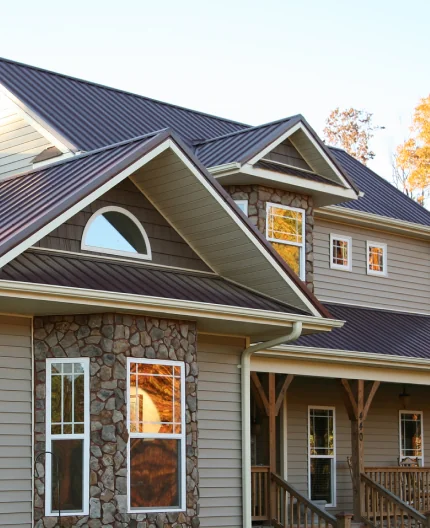Acrylic vs. Fiberglass Shower: Which is Best for My Bathroom?
Published on Monday August 5, 2024
Bathroom upgrades are great ways to make your home feel like new. Even just replacing your shower can add a refreshing touch. Your new bathroom should suit your family’s needs and your personal style.
When you make decisions about your bath remodel, you’re not just improving your home – you’re investing in your future. Bathroom upgrades can add value to your house when it’s time to sell, so plan ahead with the best return on your investment in mind.
What’s the Difference Between Acrylic and Fiberglass Showers?
The material used in your new shower stall will significantly impact its longevity. Acrylic and fiberglass are two popular options to consider. But before we discuss the differences, let’s look at their similarities.
Typically, both acrylic and fiberglass shower units are low-cost alternatives for more costly ceramic or stone tiles.
Additionally, they’re both low-maintenance compared with other choices and easier to install. While acrylic resists staining better than fiberglass, neither requires the same degree of grout sealing and cleaning to stay fresh compared to other materials.
Now, let’s look at the important differences between acrylic and fiberglass for your new shower.
Customization

Acrylic showers give you a wide variety of texture, color, and fixture options to choose from. That’s because they’re made from large sheets of customizable acrylic and reinforced with glass fibers and resin. The acrylic is heated and stretched into a mold by way of a vacuuming form process, after which a resin/glass fiber material is applied to strengthen it.
Fiberglass shower bases are made with polyester resin mixed with woven glass fibers. They’re often sprayed with a gel coating to prevent fading. The material is then poured into a mold to create one unit without seams. These units are typically restricted to certain sizes and aren’t as customizable as acrylic.
Durability
When it comes to durability, acrylic lasts much longer than fiberglass. Acrylic is harder to scratch or puncture than fiberglass, and therefore requires fewer repairs and typically has a longer life expectancy. Fiberglass is much more susceptible to color loss, scratching, and damage.
However, if the fiberglass is damaged over time, it’s relatively easy and affordable to repair or replace.
Price
While both options are affordable shower materials, acrylic tends to be slightly more expensive than fiberglass. This is because acrylic lasts longer, is easier to maintain, and requires fewer repairs over time.
While fiberglass is one of the least expensive materials, it will likely need to be replaced sooner than an acrylic shower base or tub.
Ready to Upgrade Your Shower?

Visit us online today to get a quote or schedule a free, in-home consultation.
Whether you’re looking for a shower replacement or to convert a bathtub into a shower, trust Long Home Products™ to deliver the best materials and unparalleled craftsmanship. Remodel your bathroom the right way – the Long way.
Interested in Long Home Products?
See our special offers now.
*Excludes labor. Subject to credit approval.
**Excludes labor. Subject to credit approval.
One-day installs contingent upon municipal rules and regulations.
By submitting a form, I authorize Long Home to contact me with information about its products and services via mail, email, phone and/or text at the contact information provided, even if I am on the national do not call list. Long Home may use automated telephone technology to initiate calls to its customers. Calls and in person estimates may be recorded for quality and training purposes.








